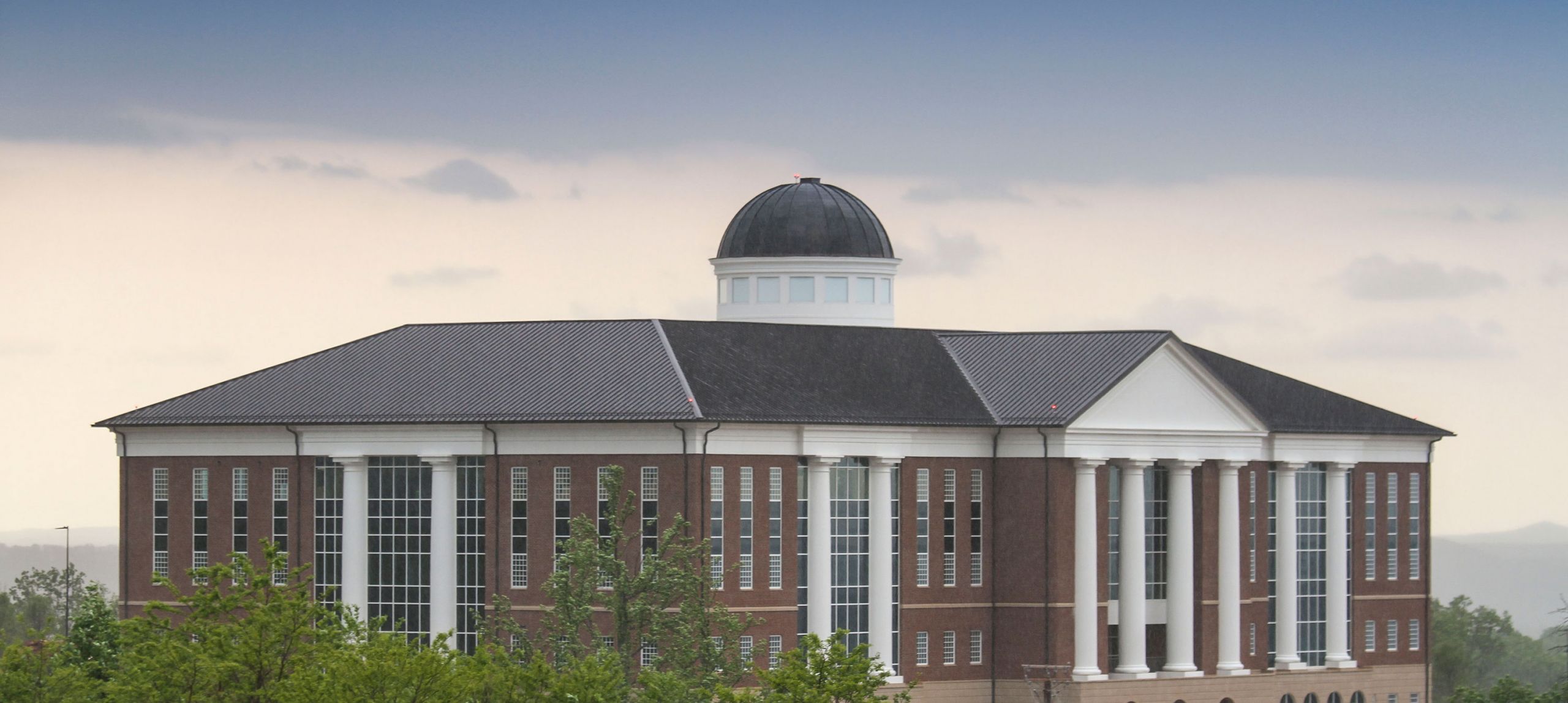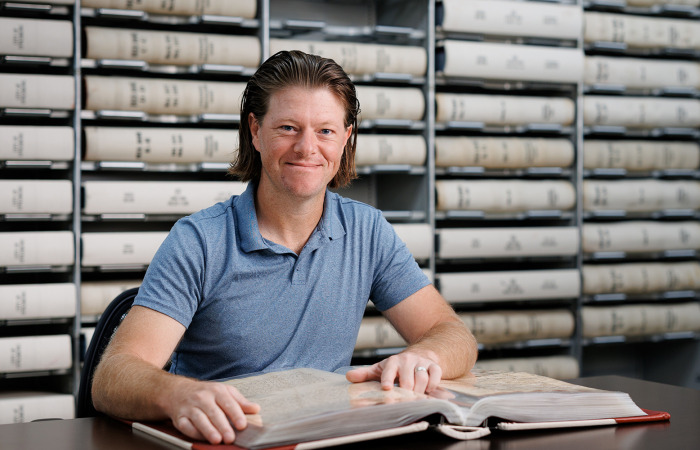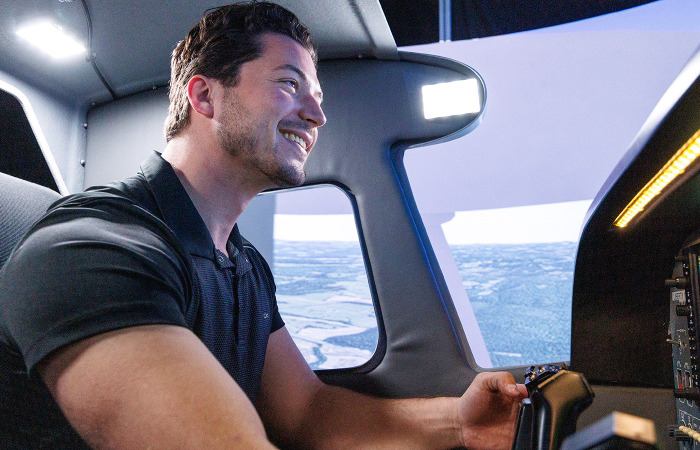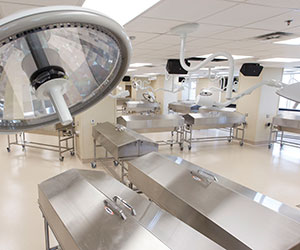
A 5,300-square-foot Anatomy Lab features 26 dissection tables/ stations and is compliant with all Anatomical Board standards.
When the doors open for the first classes this fall, he wants everyone inside to embrace a two-word concept: Patients First.
Martin is convinced that’s what Jesus would do.
“That’s the reason He is called the Great Physician instead of the great doctor,” said Martin, the first dean of Liberty University Osteopathic School of Medicine. “Jesus cared about the whole person.”
While it is a small nuance in language, Martin said it makes a huge difference in the way a doctor administers patient care.
“We want to train people for lives of faith, respect, success, and service to others. Our students will be guided and influenced by the faculty and the principles of our Christian worldview to become greater servants of their patients and society, ” he said.
Martin learned the value of caring during two decades as a practicing physician and medical educator. He eschews the idea that doctors need to focus on disease more than on the patient, or narcissistic gain over compassion for those being treated. He believes that the ability to communicate with the afflicted is still one of the best tools in the medical field. Patients living in remote areas don’t always have the latest medical technology at hand, but they can often explain what’s going on with their bodies. Martin emphasizes that teaching effective communication with patients is foundational for a young medical school.
While the human element is important, Martin is fully aware that the 162 new medical students who attend the school this fall will require training on the latest breakthroughs in the medical field.
“We are putting an extensive amount of technology in that building,” Martin said. “There is not a medical school anywhere that will be better equipped than we are.”
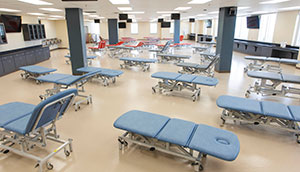
The 5,000-square-foot Osteopathic Manipulative Medicine (OMM) Lab is where students will learn to use their hands to diagnose injury, illness, and to encourage the body’s natural ability to heal itself through manipulation.
Martin recognizes that he holds the primary responsibility for faculty training and doctor development, although the first graduate is at least seven years away from going into practice as a D.O. (Doctor of Osteopathic Medicine).
“Students who start with me in 2014 will actually start active practices between 2021 and 2024,” Martin said. “That will force us to keep up with, if not stay ahead of, current technology and practices that will prepare our students for the medical world they will walk out into.”
While Liberty’s doctors may not be practicing for years, Martin said the school’s students and faculty must work to build confidence among peers from day one.
“Our initial job is to build relationships with physicians, hospitals, and other colleges and their faculties,” Martin said. “We have had very good support from Centra (a regional nonprofit health care system based in Lynchburg) and physician groups in this area. We wouldn’t be where we are without that support.”
The university has done its part by supplying a new $40 million building and the equipment necessary to train Christian doctors.
“Our building is coming along very well,” Martin said. “We should have all of our technology functioning by the first of July.”
Classes start on Aug. 4 and a building dedication will be held shortly after.
The facility will also house the School of Health Sciences’ Master of Public Health program, which was designed to meet a demand for public health professionals around the world. The residential and online program offers concentrations in nutrition, health promotion, and global health. About 700 students are slated to be in the program this fall.
